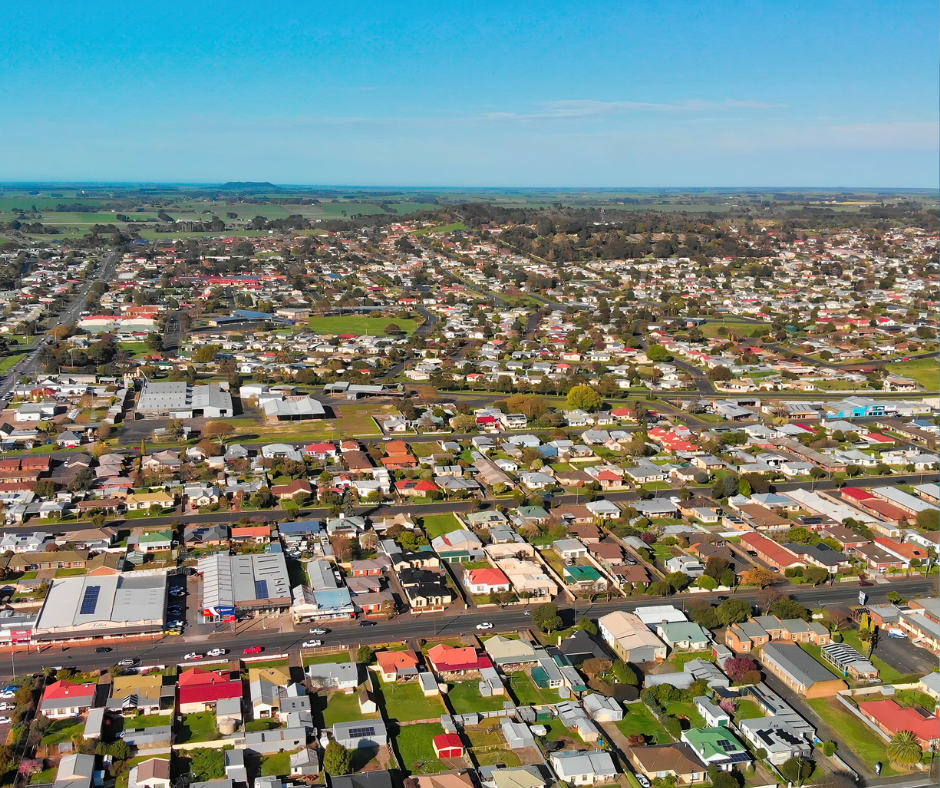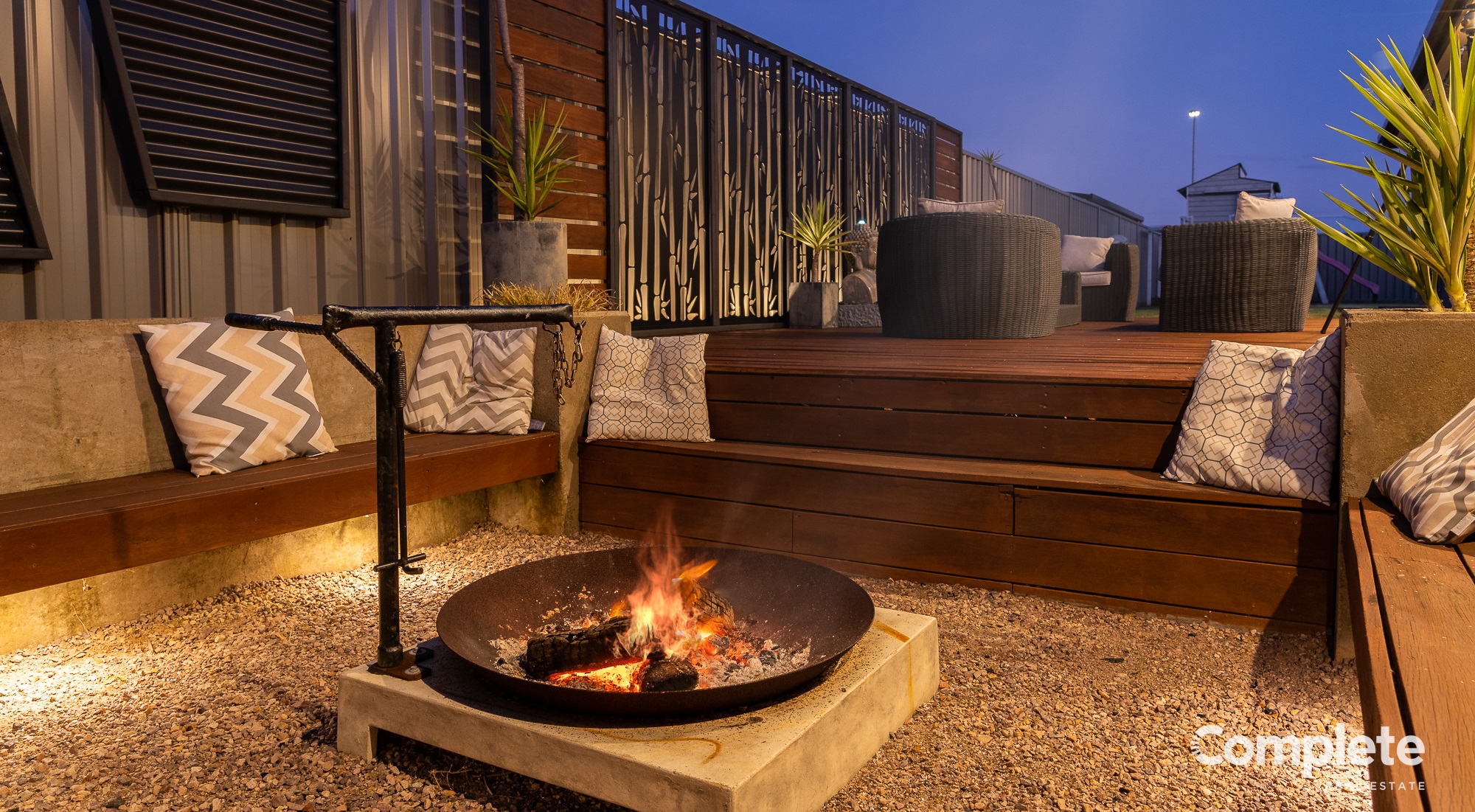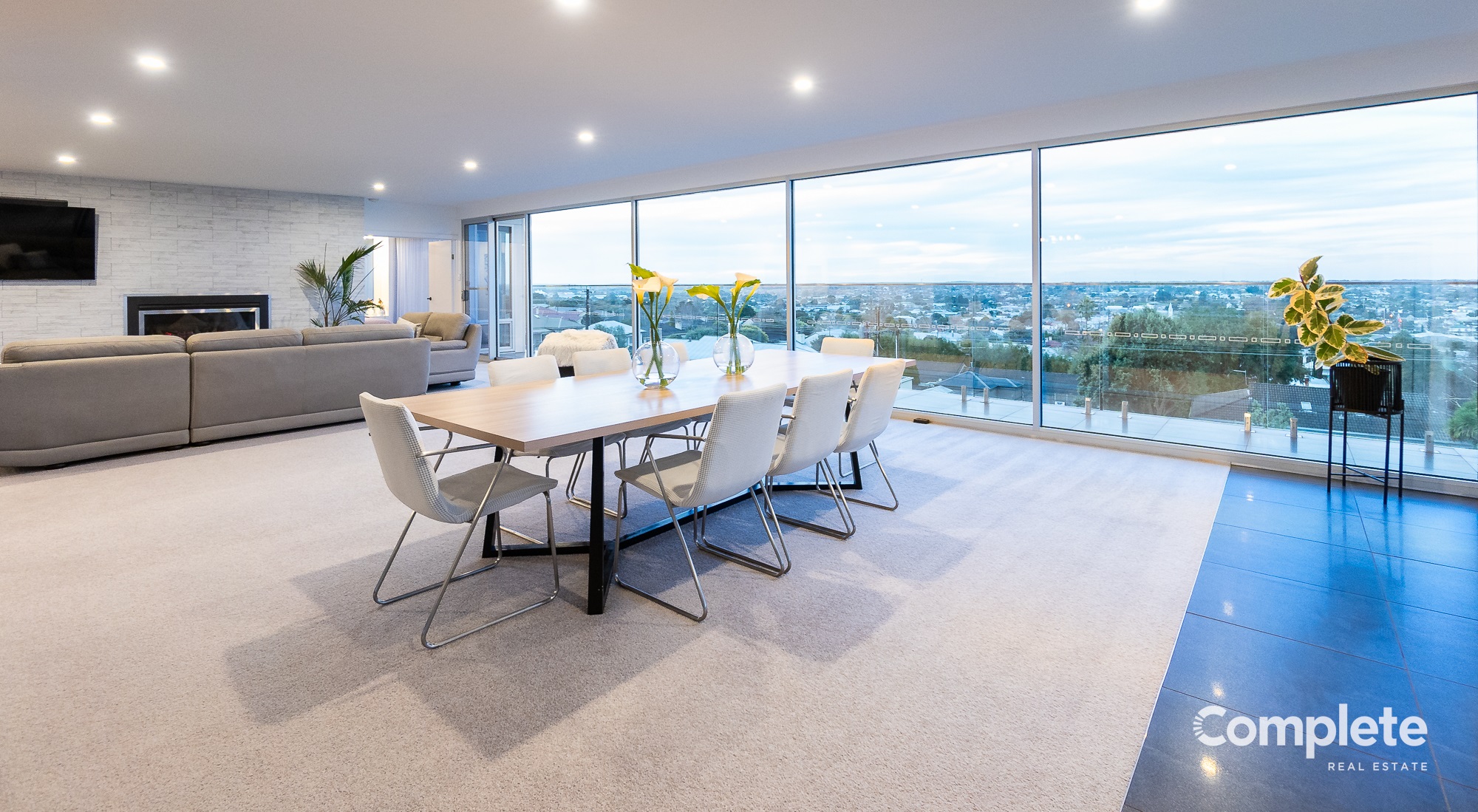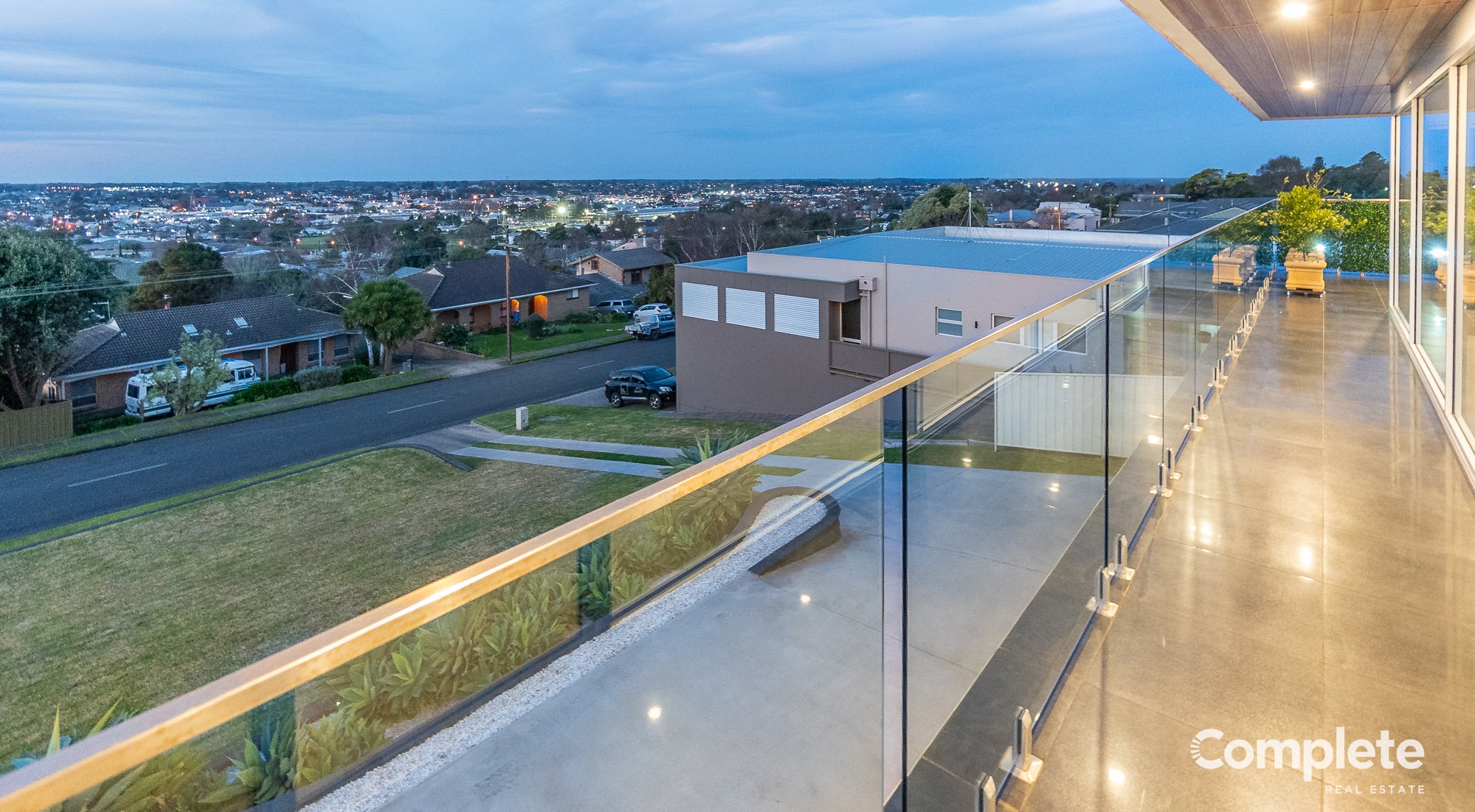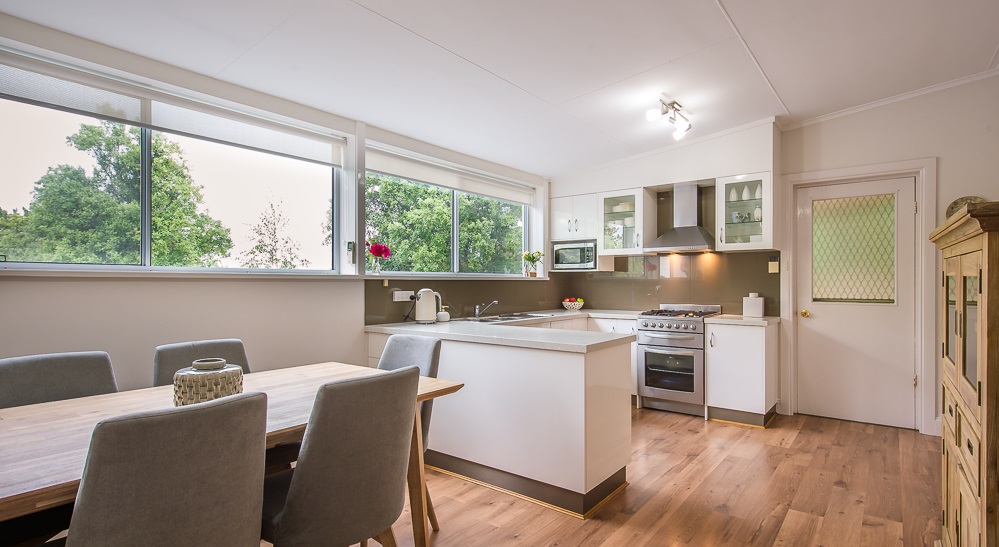When it comes to investing in property, one of the biggest decisions you’ll need to make is whether to invest in commercial or residential real estate. In this blog we will explore both options as they both have their own set of advantages and disadvantages, and understanding the key differences between the two, to help you decide which one is right for you.
Let’s start with “Maintenance”. It is one area where commercial and residential properties differ significantly. In commercial properties, landlords are typically only responsible for structural repairs, while tenants are responsible for repairing and servicing fittings, gardening, painting, and shop fit outs. On the other hand, landlords of residential properties are usually responsible for all repairs and maintenance unless tenants are solely responsible for damages.
“Outgoings” are another important consideration. In commercial properties, tenants are often required to reimburse the landlord for the full cost of expenses such as water, council rates, and Revenue SA bills. In contrast, residential tenants in South Australia are only responsible for reimbursing landlords for water usage and the supply portion of the SA Water Bill.
When it comes to “Bonds”, commercial leases typically require a larger upfront payment of 3 months’ rent in advance, which is lodged with the Small Business Commissioner. Residential properties, on the other hand, usually require a bond equivalent to 4 weeks’ rent, when a property is under $800 per week.
“The legal process” for disputes and evictions also differs between commercial and residential properties. Commercial tenancies do not have a tribunal for dispute resolution and instead must go through lawyers or civil court, which can result in higher legal fees. In contrast, residential tenancies in South Australia are resolved through SACAT, with a smaller application fee than civil court.
“Lease terms” are another key difference between commercial and residential properties. Commercial leases are typically locked in for longer tenancy terms, while residential leases are generally for 12 months. However, securing a tenant for a commercial property can take longer and come with higher tenancy costs.
“Lease start-up costs” A conveyancer or solicitor is required to draw up lease documents for commercial tenancies. While up to 50% of these costs are recoverable, the total start-up costs can add up. As the agent has access to official lease paperwork for residential leases, the letting fee paid to the agent is generally smaller compared to commercial costs.
When it comes to “income and risk”, commercial properties may offer higher monthly rent, but landlords also face higher costs during vacant periods and leasing or re-letting the property. Residential properties, on the other hand, typically have a quicker turnaround for tenancies, resulting in lower vacancy rates.
In conclusion, both commercial and residential properties have advantages and risks. Ultimately, the decision of whether to invest in commercial or residential property depends on each person’s individual risk profile, financial stability and capital capacity.


